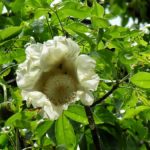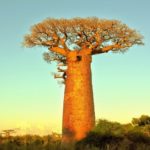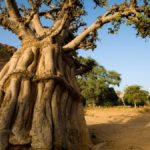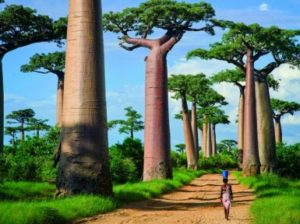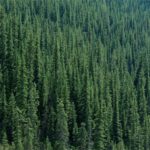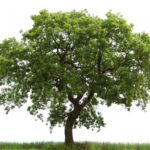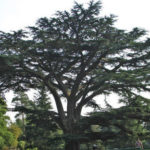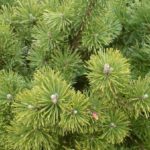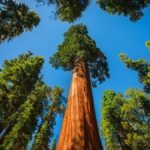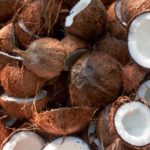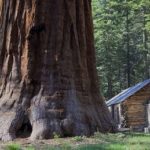Where do baobabs grow?
 Before answering the question – where do baobabs grow, it’s probably worthwhile to clarify what kind of trees they are. Baobab or scientifically “Adansonia”, a tree about which everyone has heard, but not many have seen. And even being in Africa, in the homeland of these trees, you cannot see them everywhere. You will not see them near rivers and lakes where there is plenty of water, there are none in the mountains, where the wind is cool, but in the arid savannah, where it rains on holidays, there are many such trees.
Before answering the question – where do baobabs grow, it’s probably worthwhile to clarify what kind of trees they are. Baobab or scientifically “Adansonia”, a tree about which everyone has heard, but not many have seen. And even being in Africa, in the homeland of these trees, you cannot see them everywhere. You will not see them near rivers and lakes where there is plenty of water, there are none in the mountains, where the wind is cool, but in the arid savannah, where it rains on holidays, there are many such trees.
There they stand, on the very pitch, often at a considerable distance from each other, as if emphasizing their independence from the hot African climate.
Why is this so? There is even an African tale on this subject: “God planted a baobab in the valley of a full-flowing river, but the capricious tree was unhappy with the dampness of those places. The Creator took the baobab for settlement to the mountainsides, but even there the tree seemed uncomfortable. Then the heavenly lord in anger stuck a baobab in the middle of a dry savannah, and even with its roots up. Thus, a tree that has become angry with God grows upside down. ”
But in fact, the point here is that baobab, an unusual tree that has an amazing structure and properties that fundamentally distinguishes it from ordinary plants. Baobabs have remained unchanged for millions of years, it is likely that mammoths were resting in their shadows, and flying lizards were enjoying their fruits.
In those old days, the climate of Africa was not like it is now. Moderate temperature and sufficient humidity throughout the year provided conditions for the growth of a large number of plants, especially tall ones. Africa was a veritable green continent, a haven for a diverse wildlife, which is still impressive today.
Due to their characteristics, baobabs grow in strictly defined corners of our planet. Nowadays, baobabs grow in Central and South Africa, the island of Madagascar and Australia.
But even within these regions, various types of baobabs grow apart. In addition, it should be borne in mind that there are nine species of baobabs, they are all different, and grow in different places.
Only one species grows in Australia, this is the adansonia gregorii or gibos, the so-called bottle tree. You can meet him only in the northern and northwestern regions of Australia.
Of course, not everyone will be able to visit Africa, Australia or Madagascar and see all kinds of baobabs. But then you can see them on this site in a review called Baobab. In this review, there are quite reliable facts about these amazing trees, and the photo album contains photographs of all types of baobabs growing both in the wild and in places where people live.
An increase in temperature and a decrease in humidity led to the disappearance of almost all large plants, which were preserved only in the floodplains of the rivers and in the few oases provided by underground water sources. But the baobabs, for some reason, were able to adapt to such climatic disasters and perfectly exist in these conditions, which are completely unsuitable for the plant world.
